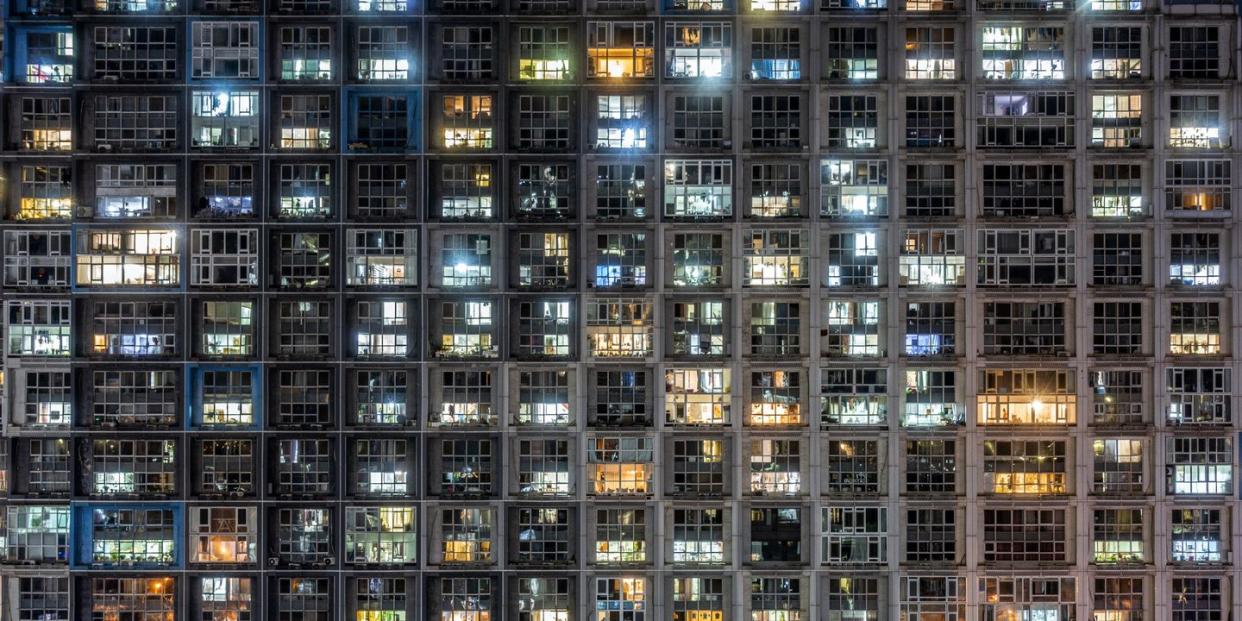The Government Built a Super Lab to Toughen the Electrical Grid

Stretching across the entire continent, the North American electrical grid—technically a patchwork of five separate interconnections—is the largest machine in the world and also one of the most important.
The grid faces many challenges, including climate change and cyberattacks, and is burdened with aging infrastructure and a lack of capacity.
The Department of Energy is creating an energy experiment called SuperLab 2.0 to test the grid for pain points and figure out how to harden the system while also making it greener and more efficient.
Today, the U.S. electrical grid is staring down many challenges—aging infrastructure, a warming climate, a revolutionary transition to clean energy, and the ever-present danger of cyber attacks, just to name a few. That’s why the Department of Energy is launching “SuperLab 2.0,” a network of seven national labs, including National Renewable Energy Laboratory (NREL) and the Pacific Northwest National Laboratory (PPNL) among others, that will conduct energy experiments with 10,000 interconnected devices to test against everything from tornadoes to terrorists.
A patchwork two major interconnections—Eastern and Western—along with three smaller interconnections, including ERCOT (Texas), Alaska, and Quebec, form the largest machine ever created in human history. Although a testament to past ingenuity, the grid is also a challenge to our present-day inventiveness as the world continues to warm and cyberattacks become an increasing possibility.
That’s why the Biden Administration set aside $13 billion in late 2022 to upgrade and expand the U.S. electrical grid. A big chunk of that money (about $2.5 billion of it) is for finding ways to harden energy infrastructure against whatever it may face. In 2021 alone, the U.S. grid faced down major climate events like the Dixie Wildfire (which was caused by aging utility infrastructure), Hurricane Ida, and a deep freeze in Texas that caused a deadly energy crisis. The goal of “SuperLab 2.0” is to test the system with simulated scenarios to discern what areas of the grid need hardening.
Another goal of this vast energy experimentation is to prepare the grid for increasing green energy integration and working to discover “the right mix of available clean electricity and stored power from batteries, hydrogen, and hydroelectric systems to the right places,” according to E&E News.
The “2.0” moniker is there for a reason, as previous SuperLabs have tested aspects of the grid for years—though, not always successfully. In 2017, the Global RealTime SuperLab connected eight laboratories across two continents, but the experiment suffered from latency issues that made it difficult to pull off meaningful research, according NREL. SuperLab 2.0 will use a low-latency network called Energy Sciences Network (ESnet), a kind of high-speed network dedicated for large-scale science projects. The Large Hadron Collider, for example, relies on ESnet for making sure experiments go smoothly and scientists have reliable access to data.
A small demonstration of this ESnet integration in 2021, analyzing a microgrid model in the small town of Cordova, Alaska, showed only 24 milliseconds of round-trip latency between NREL and PPNL. That’ll work.
When all the pieces are in place in 2024, SuperLab 2.0 will be the biggest energy experiment yet—one that will likely be the first of many as the U.S. tries to ensure that the world’s largest machine keeps running well into the future.
You Might Also Like
